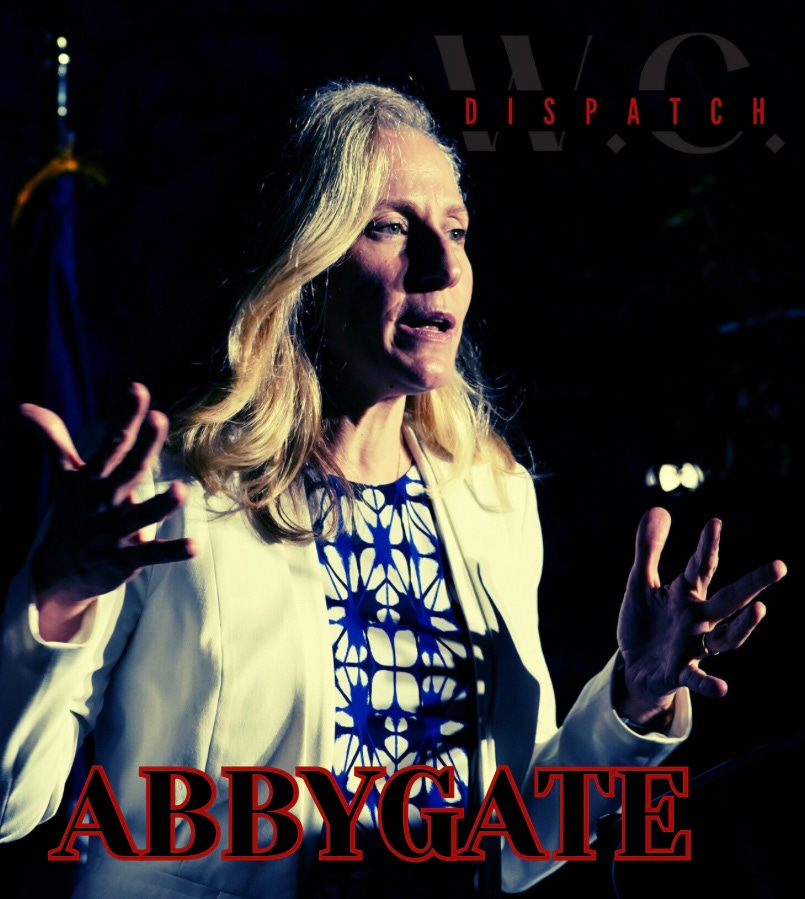AbbyGate, Virginia, not Kabul
The AbbyGate Series #2: The receipts show Spanberger’s inner circle drafted, edited, and approved the smear—then hid behind the party letterhead while claiming she was “not usually” involved.
ABBYGATE #2: BY WALTER CURT
New depositions blow a hole in Abigail Spanberger’s “I didn’t know” defense. Her communications director, Connor Joseph, admits he and campaign manager Sam Signori edited the November 3, 2022 release; press secretary Justin Chermol says the campaign manager approved it before the Democratic Party of Virginia pushed it out; and…
Keep reading with a 7-day free trial
Subscribe to The W.C. Dispatch to keep reading this post and get 7 days of free access to the full post archives.



